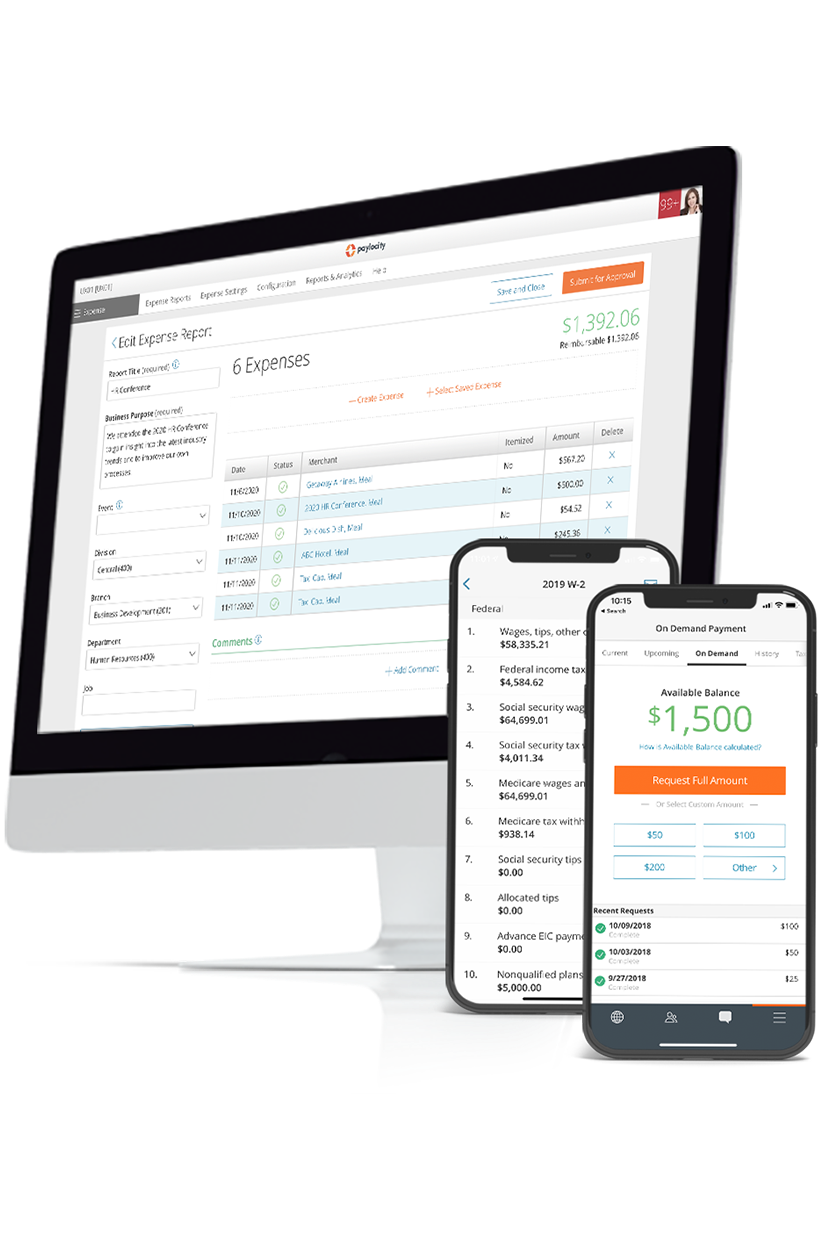Document Management
Summary Definition: The systematic approach for efficiently capturing, securing, organizing, and accessing records, ensuring streamlined operations and regulatory adherence.
What is Meant by Document Management?
Document management involves capturing, organizing, storing, and retrieving of both electronic and print documents. It’s a vital solution for businesses looking to streamline operations and manage important records, such as invoices, contracts, receipts, employee applications, etc.
By transitioning to a powerful document management provider or program, businesses can improve productivity, achieve better recordkeeping, and mitigate compliance audit risks. Such solutions ensure document processes are secure and scalable for future needs.
Key Takeaways
- A document management system (DMS) streamlines how businesses capture, organize, and retrieve both digital and paper documents, improving efficiency and control.
- Key features like version control and secure access make DMS tools essential for compliance requirements and safeguarding sensitive information.
- Organizations can maximize DMS benefits with a few best practices, such as consistent indexing, creating regular backups, and integrating the DMS with other platforms (e.g., enterprise resource planning).
Document Management System Features
Modern document management systems (DMS) come equipped with tools and features that make handling documents more efficient and reliable:
| Document Management Feature | Feature Details |
| Optical Character Recognition (OCR) |
Converts scanned documents into editable and searchable text formats
|
| Indexing |
Facilitates tagging documents by date, type, project, etc., to ensure easier categorization and retrieval
|
| Version Control | Tracks document edits and allows users to revert to earlier versions |
| Collaboration Tools | Allows teams to share and work on documents in real-time, enhancing collaboration and transparency |
| Security | Incorporates encryption and access controls to protect sensitive information from unauthorized access or breaches |
Document Management Software Applications
Robust document management solutions apply to almost any business function, process, and team, including:
- Invoice Management: Store and track invoices digitally to monitor expenses and ensure timely payments.
- Contract Management: Organize and maintain contracts to adhere to compliance conditions and manage renewals effectively.
- Tax Documentation: Securely manage tax records to aid in accurate and timely tax preparation.
- Audit Preparation: Centralized documentation simplifies the audit process by providing quick and organized access to critical records.
Document Management System Best Practices
After implementing document management software, organizations should adopt a few best practices to maximize the system's benefits.
- Establish a Document Retention Policy: Define guidelines for how long documents must be stored and when they can be securely discarded.
- Maintain a Consistent Filing Structure: Adopt a standardized system for storing files to make locating documents quick and intuitive for all team members.
- Index Documents Diligently: Tag content by date, category, or client to streamline indexing, improve search functionality, and significantly improve document retrieval.
- Regular Backups: Ensure all data is consistently backed up to protect against unexpected events such as hardware failures.
- Generate Custom Reports: Leverage reporting tools to monitor document usage and optimize workflows.
- Integrate with Other Tools: To boost collaboration and efficiency, connect the DMS with existing business systems, such as customer relationship management (CRM) or enterprise resource planning (ERP) solutions.
- Collaborate with Stakeholders: Use DMS features to share relevant documents with vendors, clients, or team members, ensuring smoother operations and communication.
Document Management System Benefits
Implementing a document management system offers significant advantages for businesses aiming to enhance their workflow and operations:
| Document Management Benefit | Benefit Details |
| Improved Efficiency |
Automate manual tasks like scanning, filing, and indexing to reduce manual effort, accelerate processes, and increase productivity.
|
| Cost Reduction | Eliminate the need for physical storage of paper records, saving on office space and operational costs related to managing physical documentation. |
| Enhanced Compliance | Ease adherence to regulatory requirements and provide easy access to necessary records during audits with a centralized and secure repository. |
| Risk Mitigation | Minimize the risks of fraud, data breaches, and document mismanagement with tamper-proof digital records. |

Save Time with Stress-Free Payroll Solutions
Payroll doesn’t have to be complicated, but it does have to be right. Stay compliant, collect employee data, and streamline tax filing – all while putting time back in your day with our automated payroll software. With the assurance of an error-free workflow, you can get back to what matters most – your people. Learn how our modern solutions get you out of the tactical and back to focusing on the bigger picture.